-
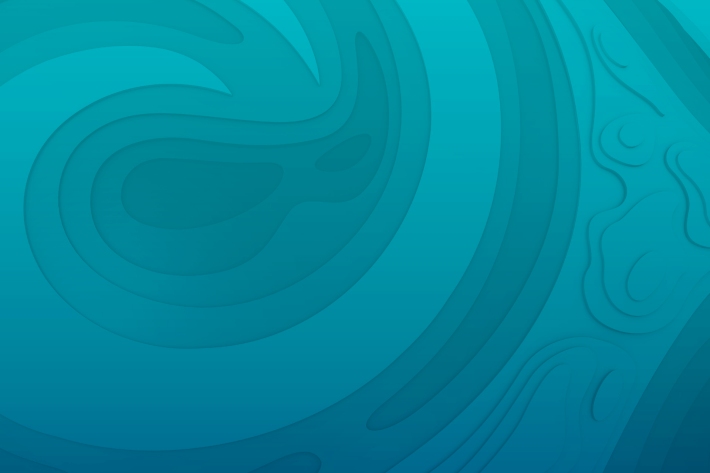
‘Blooming heck’ - Microalgae feature in latest biodiversity memoir
Feature story30 October 2019A group of microscopic algae that form vast aquamarine blooms off the east coast is the subject of NIWA’s latest Biodiversity Memoir -
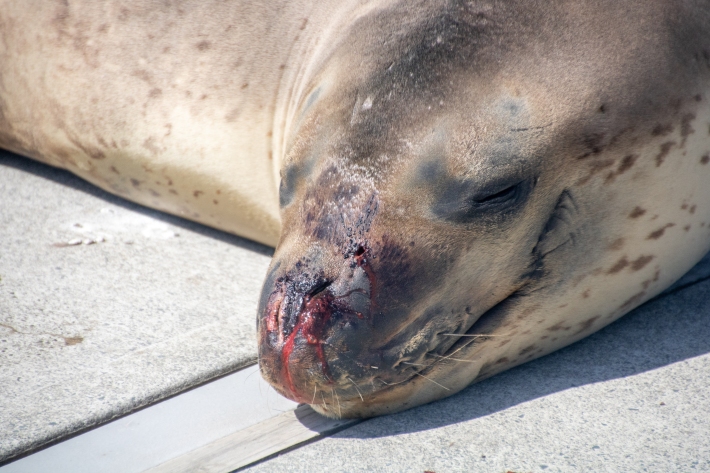
Leopard seal Owha injured in Auckland Harbour
Media release28 October 2019Researchers are keeping a close eye on Owha, the leopard seal that has made Auckland Harbour her home, after she was seen bleeding from her face on Saturday morning. -

Fish snack on microplastics
Media release22 October 2019Research shows how fish are being affected by microplastics. -
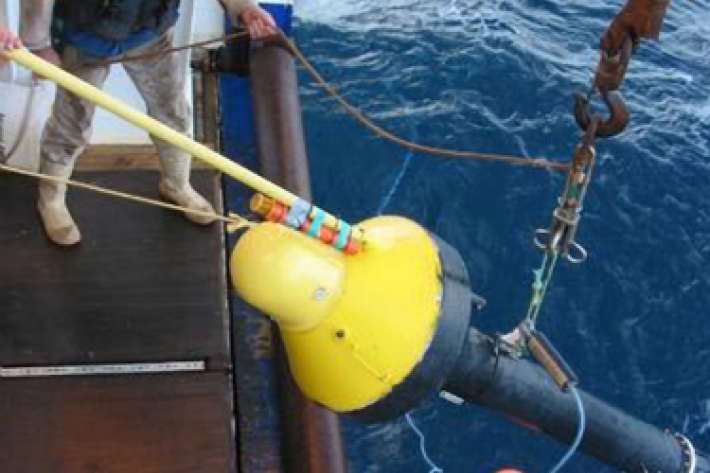
Planning an ocean observation network
Media release03 October 2019New Zealand’s changing ocean environment has prompted the call to develop a system that will keep closer tabs on information from scientific monitoring buoys so the data they produce can be shared as widely as possible. -
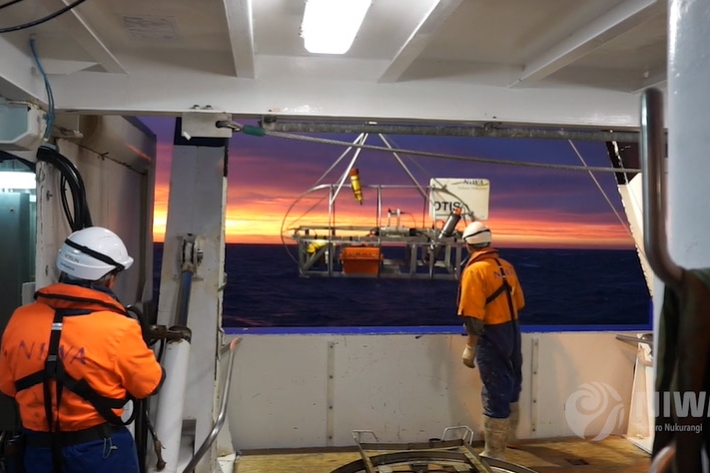
Methane seep research bubbling along
Media release10 September 2019A chance discovery off the Gisborne coast five years ago is prompting a NIWA scientist to find out more about the link between a field of methane seeps bubbling out of the sea floor and submarine landslides. -
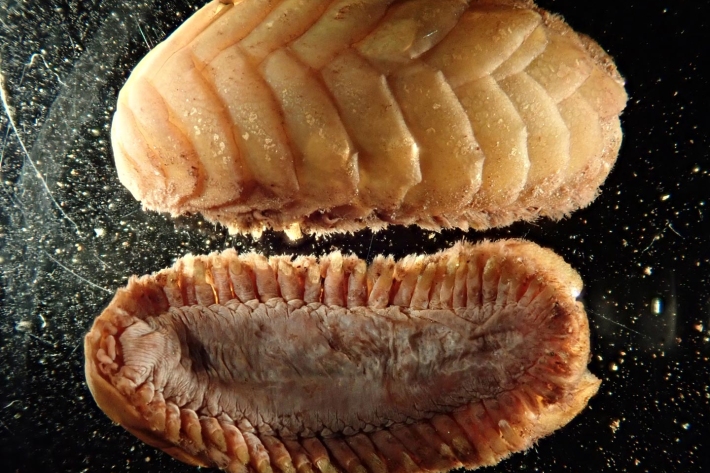
Eyeless worm a window into our diverse ocean
Media release13 August 2019A worm that feeds on bacteria and has no eyes is one of the standout stars of almost 600 unfamiliar and potentially new ocean species identified at NIWA in the past year. -

Ambitious NIWA-led Antarctic Ocean project gets go-ahead
Media release18 June 2019Understanding how the Antarctic oceans work is vital to predicting the world’s future climate and the implications of climate change for humankind and the planet. -
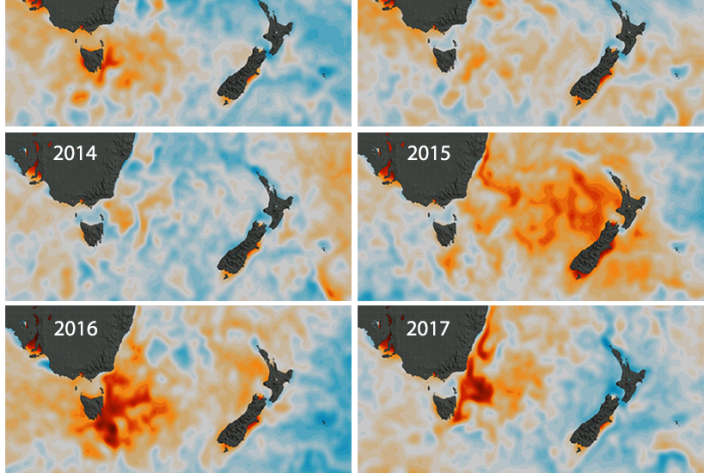
Our changing oceans
Feature story13 June 2019The on-going rise of atmospheric carbon dioxide (CO2) that is fuelling climate change is also driving significant changes in the waters off our coasts. -
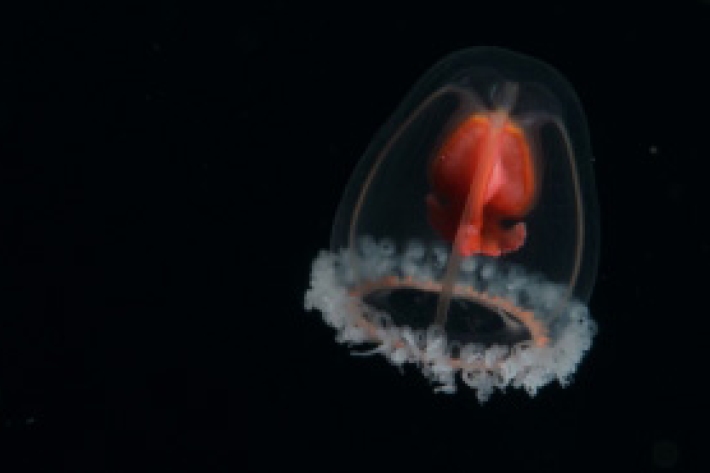
Jiggling Jellyfish
An interactive guide to the jellyfish of New Zealand. -
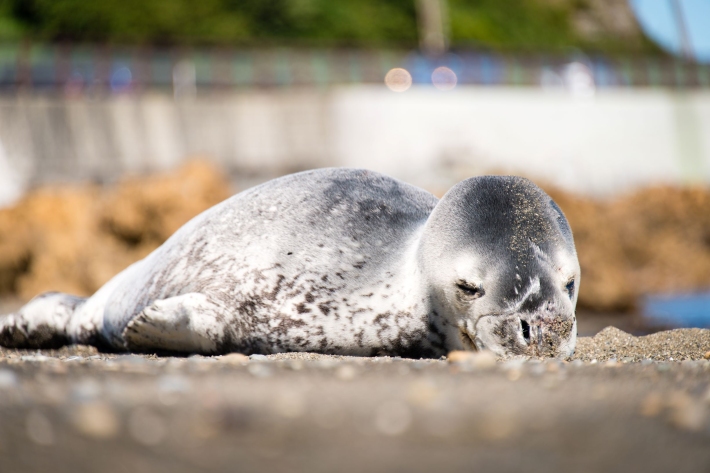
Owha and her friends awarded citizenship
Media release27 May 2019New Zealand’s newest citizens like the solitary life, have leopard-like markings, and can each weigh up to 600kg. -
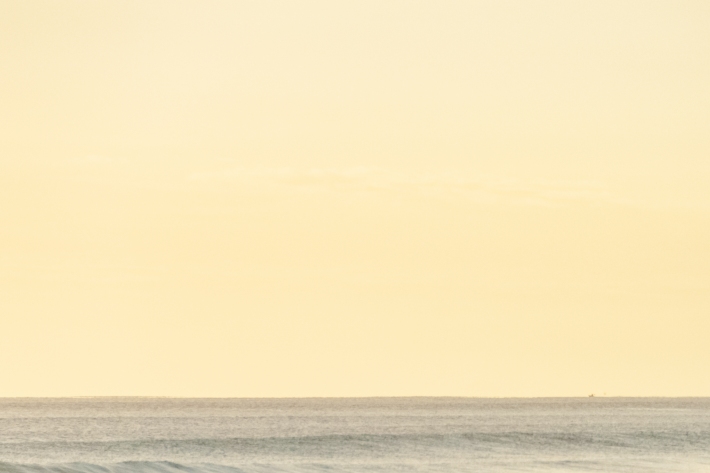
Scientists study how to predict marine heatwaves
Media release16 May 2019Scientists have taken a step closer to predicting marine heatwaves with new NIWA-led research finding a link between their formation and the length of time sea temperatures are warmer than normal.^. -

Scientists discover solar heat drives rapid melting of Ross Ice Shelf
Media release30 April 2019Part of the world’s largest ice shelf is melting 10 times faster than the overall average and solar-heated waters beneath the ice shelf are to blame, NIWA research has found.
